LINK TO PDF NEWSLETTER DOWNLOAD

July 2024
You might think they are just sparrows at your feeder, but you could be wrong.
Here are two dead giveaways that you have Pine siskins. If you can approach the feeder and they don’t fly away—sure sign they are indeed Pine siskins. House sparrows think of us humans as the enemy and upon seeing us immediately head for cover. Now that you are close to them you will notice some distinguishing things. First notice the delicate stripes on their breasts—like an artist took a paintbrush and painted them on. Second, notice how tiny they are compared to sparrows and how tiny the beak is—this is because the Pine siskin is part of the finch family, Now for the final clue—one some people never see—the Pine siskin has a yellow wing patch—quite brilliant during the breeding season—not so obvious the rest of the year. So confirmed sightings of Pine siskins at your feeder. You are so fortunate—they are one of my most favourite birds!
· Pine siskins become considerably plumper through accumulation of fat with the onset of winter. Each bird can pack enough seeds into its expandable esophagus to support itself through five hours of rest at minus 15 degrees C temperatures
· Pine siskins have difficulty opening the large seeds of striped sunflower but enjoy black oil sunflower seed, chips and nyjer
· A Pine siskin may take up a position near an Evening grosbeak that is eating larger seeds like striped sunflower to pick up dropped particles and will even defend the position against other siskins
· Pine siskins may nest in loose colonies and will tolerate the occasional visit to one another’s nests after their young are hatched
· The Pine siskin is the most common of the “winter finches” to be found at your feeders…but not every year. An “irruption” migration usually takes place every two or three years that can bring large numbers of siskins to your backyard
· The Pine siskin irruption migrations mainly occur when the seed crop has failed in the boreal forests. In some years large flocks may appear as far south as Florida
· Some “irruptive” siskins may stay near a dependable food source and nest far south of the normal breeding range
· The primary natural food of Pine siskins are the seeds of hemlocks, alders, birches and cedars
· Pine siskins, like most northern finches, are fond of salt. They seed out natural salt licks and in the winter they can be found along highways eating the salt used to melt ice and snow
· Siskins, crossbills and other finches have been observed eating flaking mortar as a source of sodium and calcium.
Many of our most familiar birds are named after people or places, sometimes after their sound or appearance, or perhaps after their quirky little habits. But sometimes a little more detective work is required to find the deeper meanings and stories behind the names.
THE PENGUIN was originally a name for the Great Auk (Pinguinus impennis), it’s the genus name, a flightless diving seabird native to the north Atlantic with a black back, flipper-like wings, and a white belly.
When Europeans started exploring the southern hemisphere, they used the same name for the unrelated black and white, flightless, diving birds that lived there.
Meanwhile, the Great Auk, the original bearer of the name penguin, was hunted to extinction in the 18th century and largely forgotten.
The next time you open a jar of honey, consider the grueling days of our honeybees, and how much work has gone into making the delicious Honey. In the average worker bee’s brief lifetime of four to five weeks, She will make just one-twelfth of a teaspoon of honey. It takes about 60,000 bees, collectively travelling up to 88,000 kilometers and visiting more than 2 million flowers, to gather enough nectar to make just 0.5 kilograms (one pound) of honey. Very busy bees indeed!
If you missed the guest speaker, Dr. David Bird speaking about “American kestrel—common or scarce” you missed a great presentation and some very interesting thoughts on why the American kestrel is becoming more scarce. So the following information supports and offers some interesting opinions: and it is not all dismal. So the Wild Bird Store Birding News will present this editorial over the next four months. Below is part 1:
Students and faculty walking near University Hospital in London. Ontario in December 2023 were treated to an unusual sight—five out-of-season baby geese and their parents. Apparently confused by unseasonably warm weather, the adult geese had nested and bred months before the onset of spring.
It was a cute story, but with a bittersweet end. Three of the goslings quickly disappeared, apparently eaten by predators. The other two were taken into care by an animal sanctuary when it seemed likely they wouldn’t survive the winter. The story of the winter goslings is just one small example of the effects climate change is having on birds around the world. Even as they suffer from habitat destruction, pollution and other threats, they face increasing danger from changes caused by the climate crisis. At Western University researchers are tackling questions vital to the survival of birds, Their work ranges from the basics of bird physiology to creating global radio networks to track birds as they migrate around the world. “You have to understand the fundamental biology, the physiology, the mechanisms. And then you can figure out when the environment changes, why the bird responds the way it does,” says Christopher Guglielmo, biology professor at Western and director of Western’s Centre for Animals on the Move. “We’re interested in the fundamentals. But we’re doing this because we care about birds,” he says.
WINGED WONDERS
Birds are some of the most successful animals on Earth. They evolved from small, meat eating dinosaurs that existed more than 150 million years ago, gradually sprouting feathers, growing wings from forelegs, and developing a number of other adaptations that helped them to thrive as flying animals. Today there are 10,000 species of birds, ranging from the tiny two gram Bee hummingbird to the 140 kilogram Ostrich.
Birds have exquisitively tuned physiologies—from feathers to hollow bones, from powerful hearts to extra efficient lungs—that they need to let them perform the implausible trick of heavier than air flight. Even today’s flightless birds are descended from birds that once flew.
Birds range from seed eating vegetarians to meat-eating predators; from forest dwellers who live in the same small range their entire lives to birds that fly between continents. The Arctic tern, for instance, travels 90,000 kilometres every year as it chases summer from the Antarctic to the Arctic and back. The tiny Black-capped chickadee, on the other hand, stays put through the Alaskan winter, putting on fat every day and burning it to stay alive during the frigid 18-hour night.
But despite their success, today one in eight bird species is threatened with extinction, and most others are seeing their populations decline, according to the international conservation organization BirdLife . In North America alone, the total number of individual birds has declined by almost three billion since 1970—a 30 per cent drop!
Continued on next page…..
WINGS OF CHANGE
Amidst these alarming statistics,Western stands as a beacon of hope and innovation in bird research, thanks in part to the Advanced Facility for Avian Research (AFAR). Opened in 2009, the facility houses labs, environmental chambers where light and temperature can be controlled, and sophisticated equipment such as a wind tunnel that researchers use to study birds in flight.
The facility helps attract researchers and students to Western, and also helps keep them there. “It’s like once you have a facility like this, where else are you going to go?” Guiglielmo asks.
For instance, the wind tunnel is one of few in the world that lets researchers control not only wind speed, but temperature, humidity and air pressure. It is a massive piece of machinery that takes up a good chunk of the building, can generate winds up to 65 kilometres per hour and simulate air pressure of up to seven kilometres altitude.
The working section is a small chamber about two metres long and a metre tall. Once the wind gets going, researchers release the birds, who will happily fly in place against the wind for hours at a time, like a swimmer in a stationary pool.
The chamber is equipped with windows, cameras and measurement devices that allow researchers to study the mechanics of bird flight.
The wind tunnel also lets them study the effects of flight on the bird’s body, and the impact of different foods and environmental conditions.
For instance, Guiglielmo wondered what would happen to birds on long migrations as temperatures rise and the air becomes drier. “one of the big thing birds face if they’re flying overnight for 12 hours is, unlike a marathon runner, they don’t stop to drink. So they generate all of their water internally from their metabolism.”
They do that using the water that is produced as they burn fat, organs and muscle for energy. Even under normal conditions, birds’ internal organs will shrink dramatically as they are burned for energy and water; the heart can shrink by 25 per cent, livers and intestines by half. Even flight muscles get smaller.
When the humidity goes down, the researchers found the birds burn even more organs and muscles than they would otherwise. It turns out that burning these non-fat body components generates five times more water than burning fat does.
It’s a useful adaptation, and better than dying of thirst. But as the world becomes hotter and drier, it could mean migrating birds show up at their destination even weaker and more exhausted than they normally would, making them less likely to survive and reproduce.

Jim will be taking the months of July an August off—please watch for the August 2024 newsletter for future Saturday morning bird walks with Jim.
All participants on any bird walk must have purchased a ticket through our website – www.wildbirdstore.ca and present the ticket to Jim prior to the bird walk. The weather plays a big part in bird walks and Jim reminds participants to dress anticipating weather changes and to carry water to keep hydrated.
Below are a couple of suggestions as to where to go to see birds on your own while Jim is away—
CARBURN PARK is always a great destination for songbirds as well as waterfowl and shorebirds. But any of the destinations within Fish Creek Park are not only a wonderful way to spend the day, but sure to include lots of bird sightings.
INGLEWOOD BIRD SANCTUARY enjoy not only the history and the trails, but you just never know what birds you will see and be sure to enjoy the Nature Center
FRANK LAKE American white pelicans, Double-breasted cormorants, Grebes—the list goes on and on. Enjoy being up close viewing waterfowl and shorebirds from the boardwalk and blind. You are sure to add a few birds to your life list!
ELLIS BIRD FARM outside of Lacombe. Purple martins, Bluebirds, House wrens, American goldfinch and Hummingbirds just to mention a few. Enjoy the Nature Center and stop by the Tea House (best to make reservations for lunch).

We offer a discount if you return your 20 LB or 40 LB seed bags so that we can re-use them (sorry—not the Mother Nature bags which we cannot re-use), suet ball containers, or if you bring your own container or bag to fill . This discount is in addition to any other discount offered.
Question:
I am seeing a lot more Bluebirds at my feeders and I am wondering whether climate change has anything to do with it?
Response:
When we see a bunch of penguins at an aquarium or zoo or even in a film, they generally look a lot alike to us. But we might need to take a closer look, according to some recent research by a team of psychologists and animal behaviourists from two universities and a marine park. They describe a fairly simple experiment in the prestigious scientific journal, Animal Behaviour, wherein they have concluded that African penguins, at least, use the unique assortment of black dots that adorn their chests as a means of telling one another apart. African penguins live on the shores of southern Africa and are apparently very social with one another, making them ideal specimens to study. A marine park in Italy has a captive population of the birds, and the workers there claim to recognize individual birds by those spot patterns on the birds’ chests. That team of scientists devised a simple experiment to determine whether the penguins used the same technique to identify one another. They built a small enclosure with plywood walls, just tall enough to prevent a penguin from seeing over. They installed cameras on either end of the enclosure along with life-size pictures of two penguins pinned up on one far wall. They then enticed a single penguin to enter the compound with one of the two pictures featuring their own mate and another of a stranger. They next repeated the exercise putting up two pictures of its mate but one with the chest dots removed. Finally, they put up two pictures, one of its male and the other of a stranger but both with their dots removed. In the first wo cases, the test penguin stared significantly more at the pictures of birds bearing its mate’s chest pattern but could not decide anything when the chest dots were removed from both pictures. However, I cannot wonder what features are used by penguin species without any dot patterns on their chests.
David M. Bird, Ph.D., Emeritus Professor of Wildlife Biology, McGill University www.askprofessorbird.com

David M. Bird is Emeritus Professor of Wildlife Biology and the former Director of the Avian Science and Conservation Centre at McGill University. As a past-president of the Society of Canadian Ornithologists, a former board member with Birds Canada, a Fellow of both the American Ornithological Society and the International Ornithological Union, he has received several awards for his conservation and public education efforts. Dr. Bird is a regular columnist on birds for Bird Watcher’s Digest and Canadian Wildlife magazines and is the author of several books and over 200 peer-reviewed scientific publications. He is the consultant editor for multiple editions of DK Canada’s Birds of Canada, Birds of Eastern Canada, Birds of Western Canada, and Pocket Birds of Canada. To know more about him, visit www.askprofessorbird.com or email david.bird@mcgill.ca.
WE WILL BE TAKING A BREAK THE WEEK OF JULY 14-20.


Wildwood Community Centre (4411 Spruce Drive SW): Every Tuesday 3:00pm to 6:00pm
Crowfoot Arena (corner of John Laurie & Nosehill Drive NW: Every Wednesday 2:00pm to 5:30pm
Please place orders by 12:00 noon the day before the truck is on location
Text us @ (403)701-4571 OR email us at orders@wildbirdstore.ca
Earn and redeem customer loyalty points on the Mobile Seed Truck

DELIVERY: Deliveries will still be made on Thursdays ONLY. Please phone the store at (403) 640-2632 any day prior to 12:00 noon on the Wednesday before your delivery; place and pay for your delivery. Please phone with your order as early as possible to avoid disappointment. If you have any special instructions please do not forget to inform us when you place your order.
PLEASE NOTE: STARTING IN MAY WE WILL BE GOING TO EVERY TWO WEEK DELIVERY. JUNE 13 and 27
THE DELIVERY CHARGE WILL BE $10
MINIMUM ORDER FOR DELIVERY $25.
Do you need help attracting birds to your backyard?
Do you want advise on designing a backyard habitat for your feathered/winged friends?
Do you have a problem in your backyard we can help solve?
The Wild Bird Store in partnership with Andrew Barnes, now providing at home wild bird consulting service.
Specializing in helping you and your property become Wild Bird friendly for maximum results.
Services offered will include:
Bird feeder(s) recommendations for species focus and seed types
· Type(s) of seed and for which species it will be best suited
· Preferred location for maximum results
· Bird feeder accessories
· Hummingbird feeders and accessories
Nesting
· Nest box selection for native species—including all cavity nesting and platform species for Alberta
· Preferred location for nest boxes
· Maintenance tips
· Advice on how to deter invasive species (House sparrows and European starlings)
Watering needs
· Bird baths
· Heaters and heated baths
· Accessories including drippers and bubblers
· Location dos and don’ts
· Maintenance tips
Bat Houses/Chambers
· Location requirements
· Housing styles—including single vs multiple chambers
After each visit all discussion points and recommendations will be provided along with a 10% OFF coupon to be used at the Wild Bird Store on your next purchase.
PLEASE NOTE: 10% coupon is only valid for a one-time purchase and must be presented at time of purchase. In-store ONLY. ( All Discount restrictions apply)
For further information, pricing and scheduling, please contact
Andrew Barnes cell # (403) 923-8121 (call or text)
Email: birdsbeesyyc@gmail.com
Have you checked out the Merlin app? Would you like a demonstration on how they will help you to identify birds? Stop by The Wild Bird Store during regular business hours and staff will be happy to show you how the app will enable you to identify birds in various ways.
Identify Bird Songs and Calls
Identify Birds by your Photos
Save Birds to Your Life List
Explore lists of birds near your location
DONATIONS
Located at The Wild Bird Store (near the seed bins). We collect your cash as well as “wishlist” donations and arrange to deliver them to local wildlife organizations including Calgary Wildlife Rehabilitation, Alberta Institute of Conservation and Ellis Bird Farm.
We ask for your support quarterly for each of these organizations.
For June, July and August, 2024 your donations will go to:
Alberta Institute for Wildlife Conservation
Thank you for your support
The Wild Bird Store offers the “Book Nook” as a gathering place for your next meeting. The room is for rent for $50.00 +GST which includes the set up of the chairs, video equipment is available and coffee, tea and water are available.
Please contact info@wildbirdstore.ca for more information or to reserve your spot.
Options for shopping at the Wild Bird Store

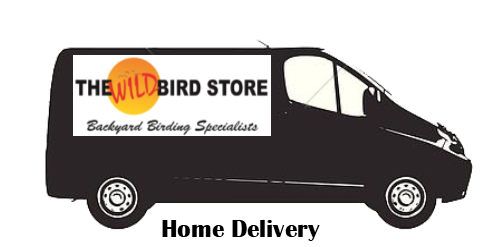
PLEASE NOTE: STARTING IN MAY WE WILL BE GOING TO EVERY TWO WEEK DELIVERY.
JULY 11 and 25
THE DELIVERY CHARGE WILL BE $10. MINIMUM $25 ORDER FOR DELIVERY.
We deliver every other week on Thursdays.
Store hours are:
10:00am to 5:00pm Monday through Saturday
We offer a discount if you return your 20 LB or 40 LB seed bags so that we can re-use them (sorry—not the Mother Nature bags which we cannot re-use), suet ball containers, or if you bring your own container or bag to fill . This discount is in addition to any other discount offered.
Write a Google review on your experience at The Wild Bird Store, and as a thank you, we will give you 100 customer loyalty points ($5.00 value). To get a promo code, kindly email info@wildbirdstore.ca
(one Google review per customer)
Earn 200 customer loyalty points ($10.00 value) by referring a friend, acquaintance or fellow birder.
Please visit the store to get a promo code.
Combining our Seniors 10% discount with the Loyalty Program. (Excludes “sales” items, books & optics).
Discount for membership 10% discount for members of Fish Creek Park, AIWC, Priddis Golf Club, Nature Calgary, Sandy Cross Conservation, Springbank Garden Club and Millarville Horticultural Society. Must present valid membership card at time of purchase.
Discount for Military Members & Veterans 10% discount on
purchases in-store or on Mobile Seed Truck (sorry—excludes “sales”
items, books, optics and consignment items)
Does your Aspects or Squirrel Buster feeder need some replacement parts?

5901 3rd Street S.E.,
Calgary, AB T2H 1K3
email: info@wildbirdstore.ca
(403) 640 2632
The Store is open Tuesday through Saturday 10:00am to 5:00pm
The Wild Bird Store will be closed on Monday, July 1st to celebrate Canada Day
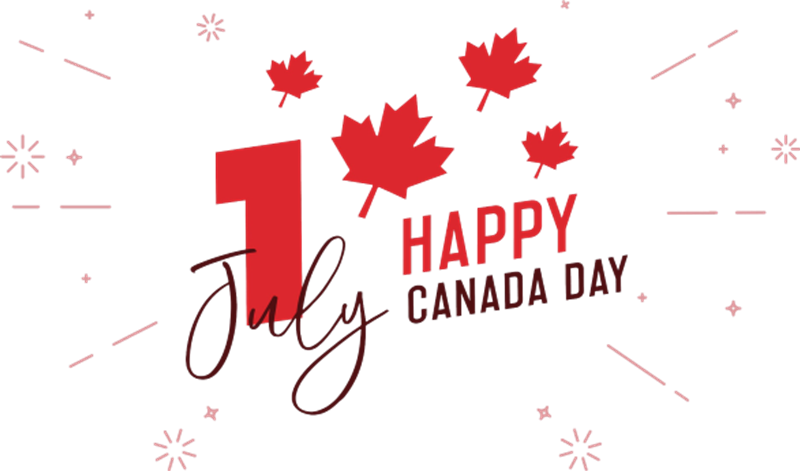
We are CLOSED Sundays, and ALL Statutory holidays for Faith, Family and Friends.
We still offer curbside pickup every day we are open and delivery service on Thursdays.
FOLLOW US ON:
Facebook @thewildbirdstoreyyc
Twitter @wildbirdstoreyyc
Go to YouTube, type in the search bar “The Wild Bird Store” to watch our videos and to help us become more visible . Be sure to click on “Subscribe” before you leave the page.

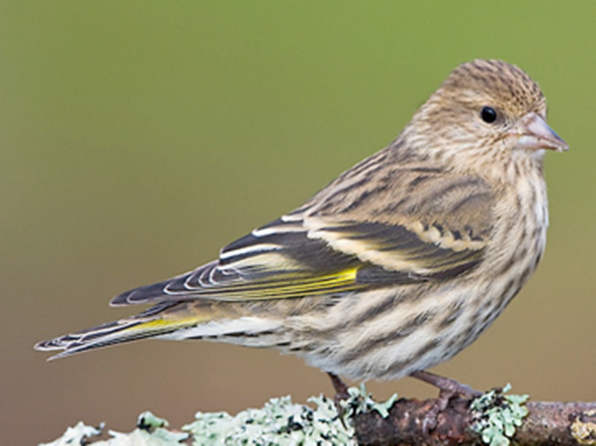
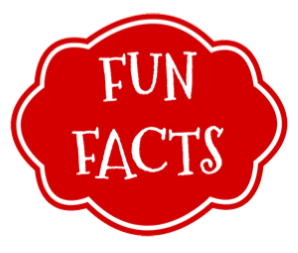
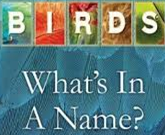
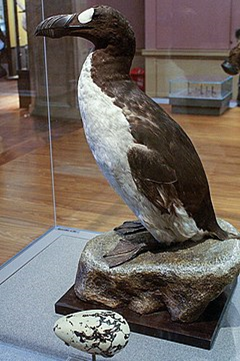
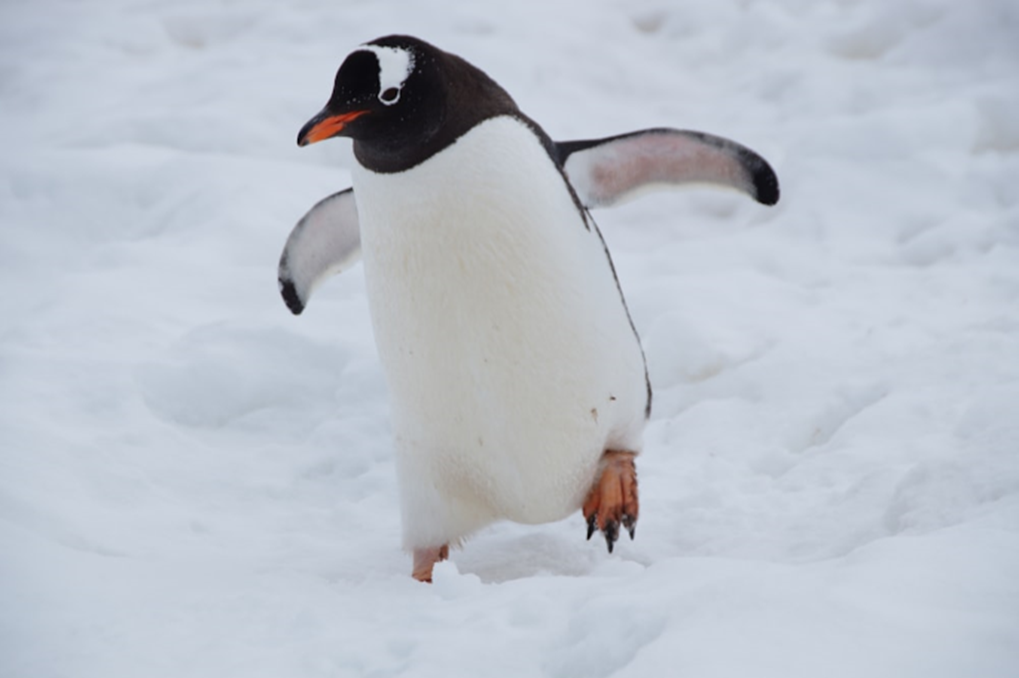


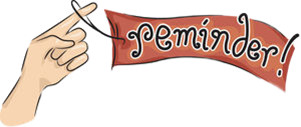


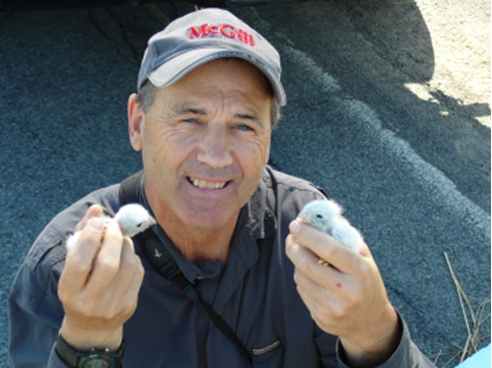
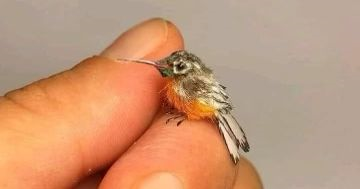
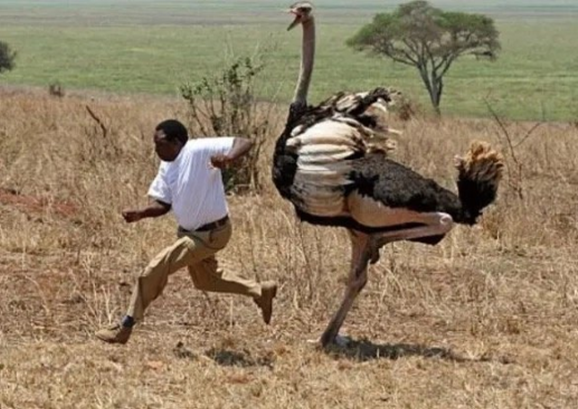


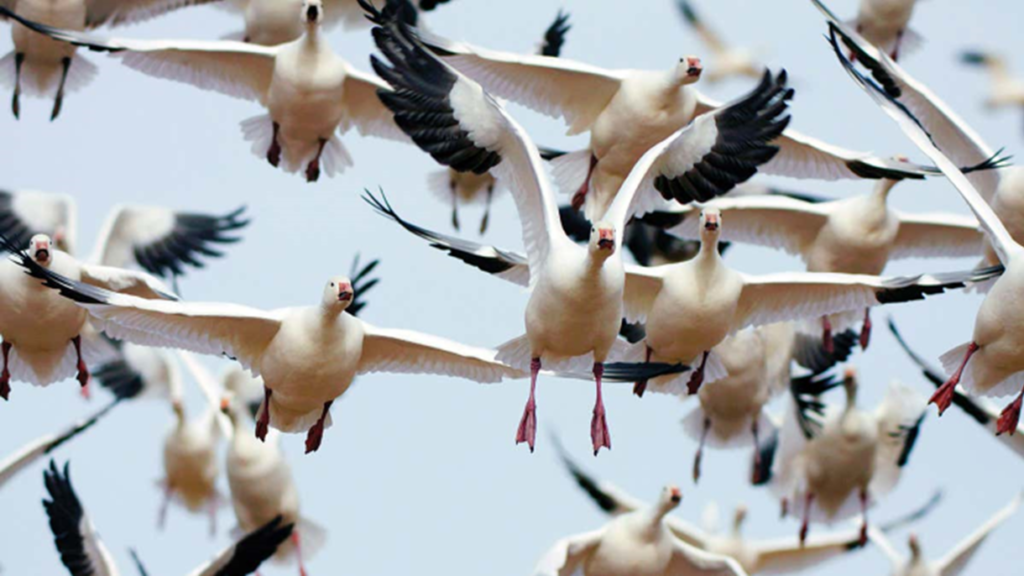
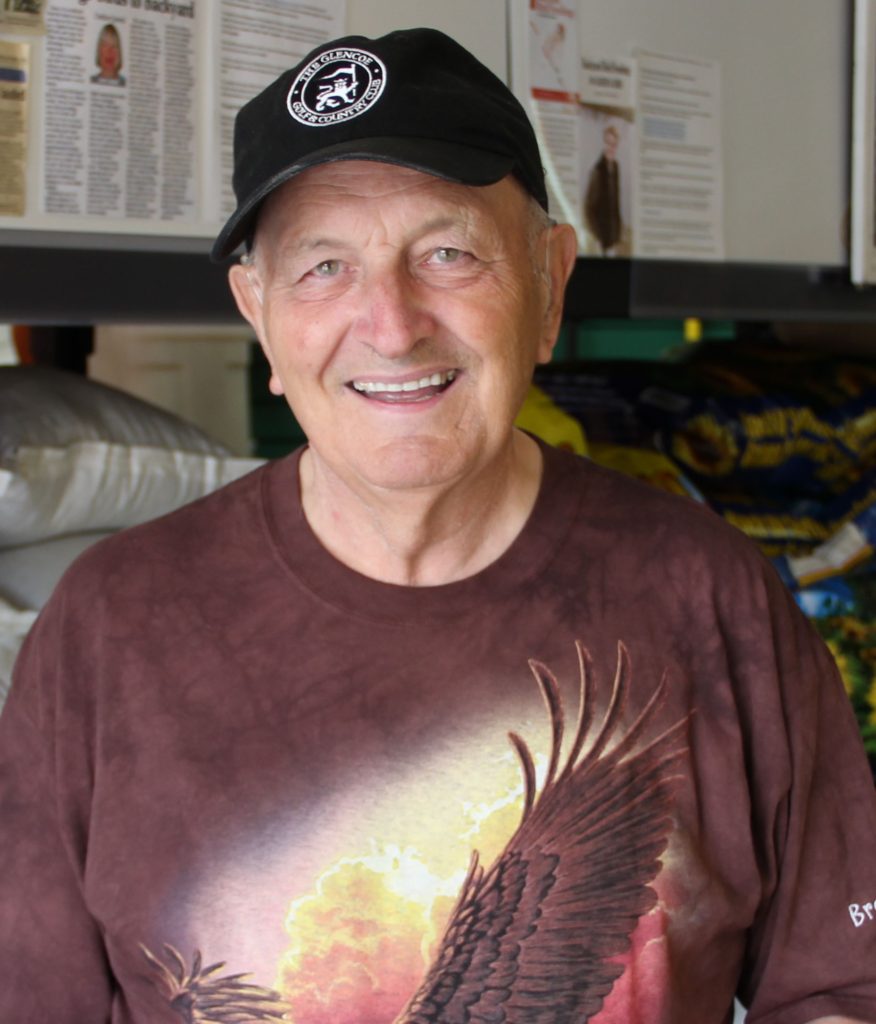
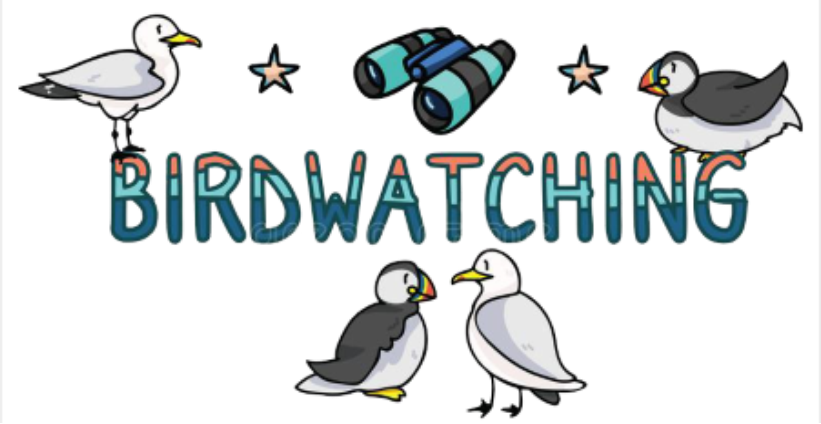

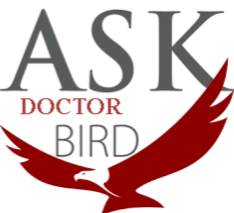
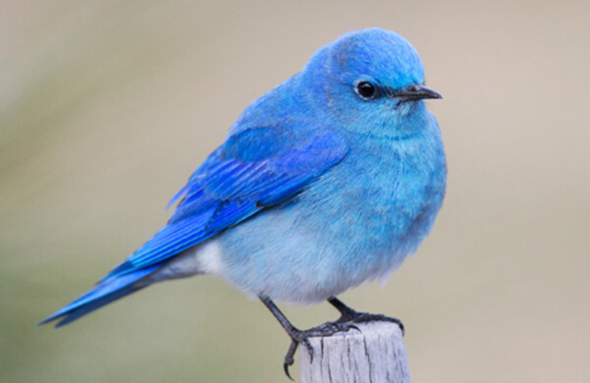
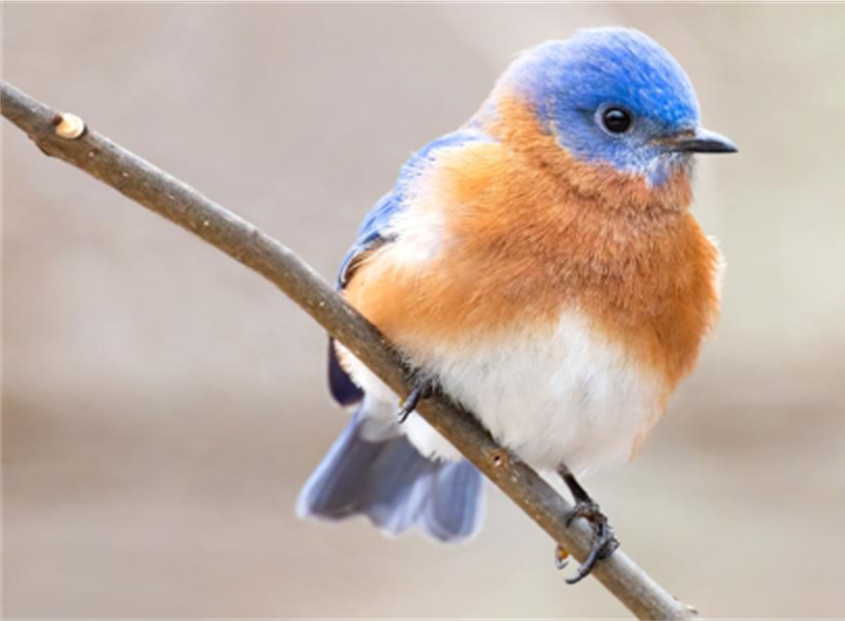
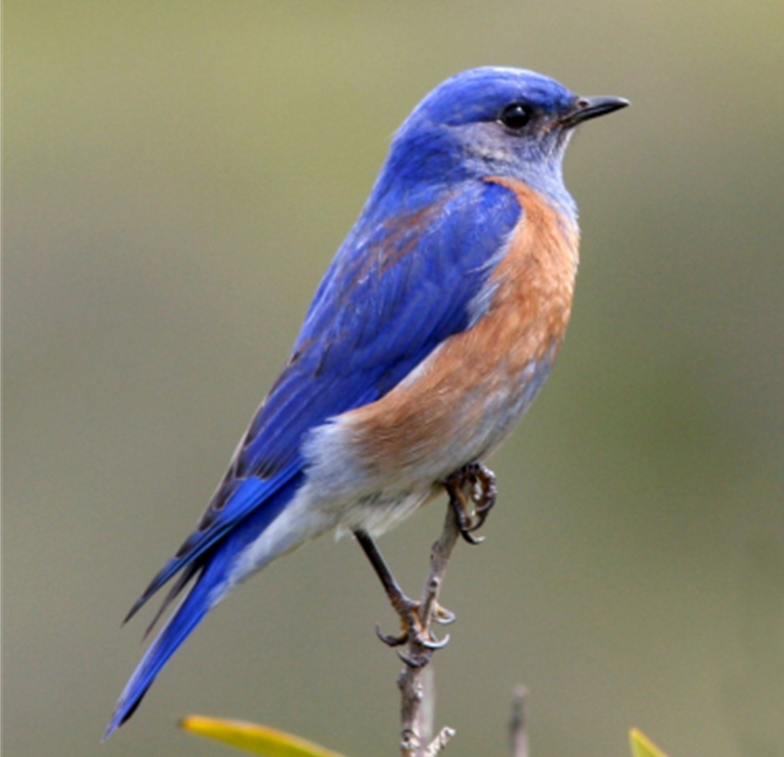

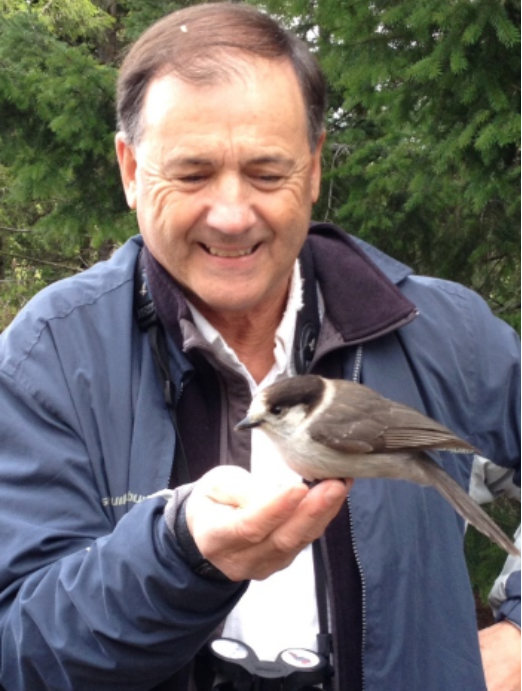
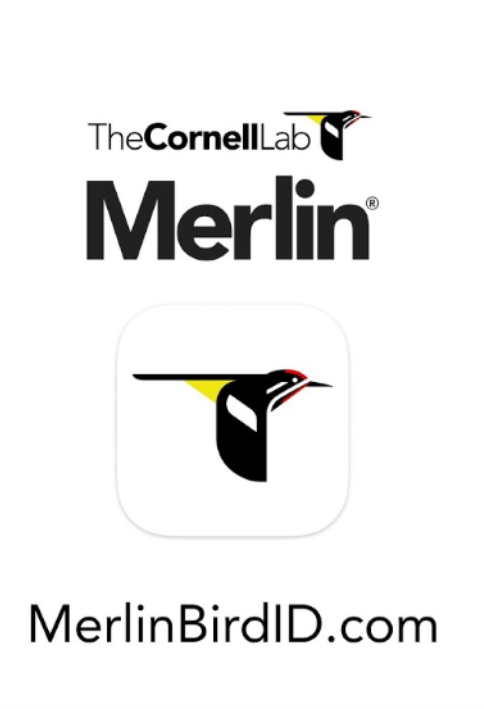



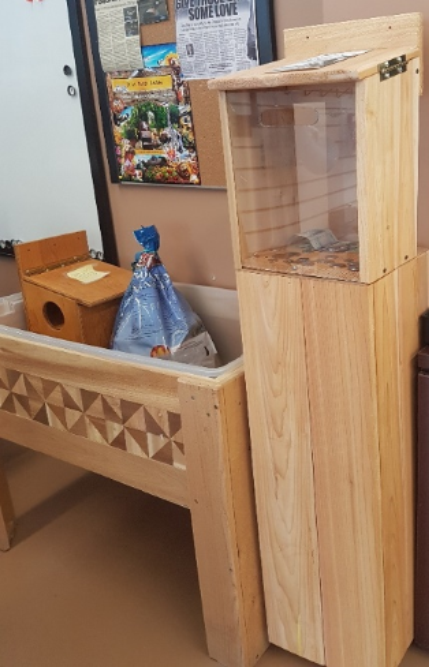
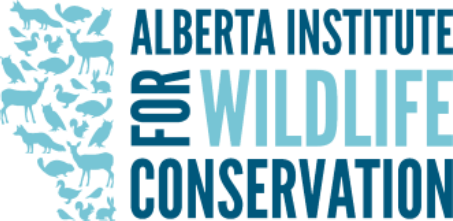
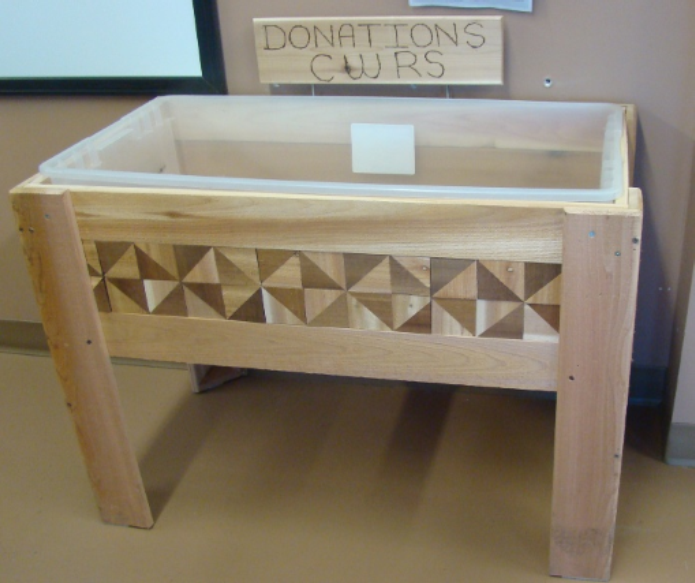









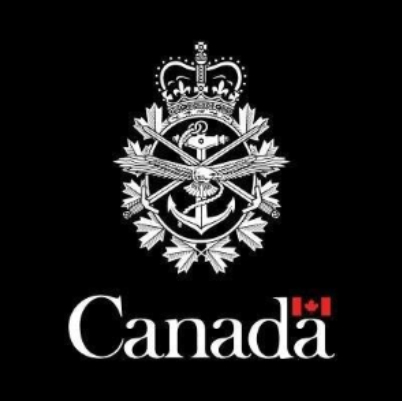
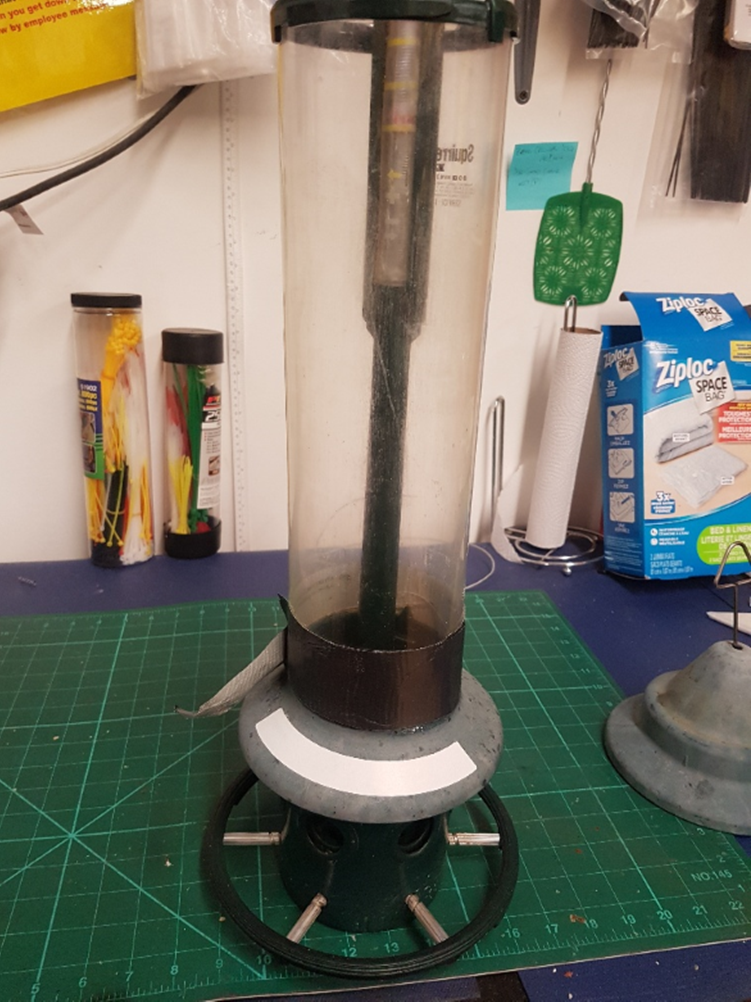
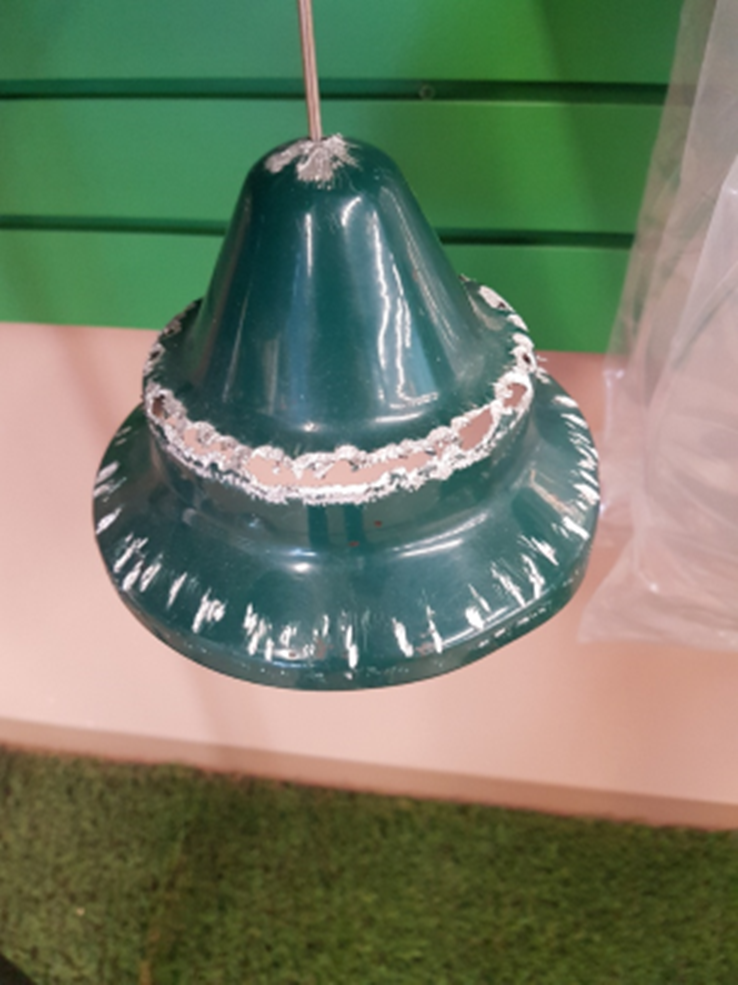

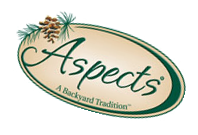
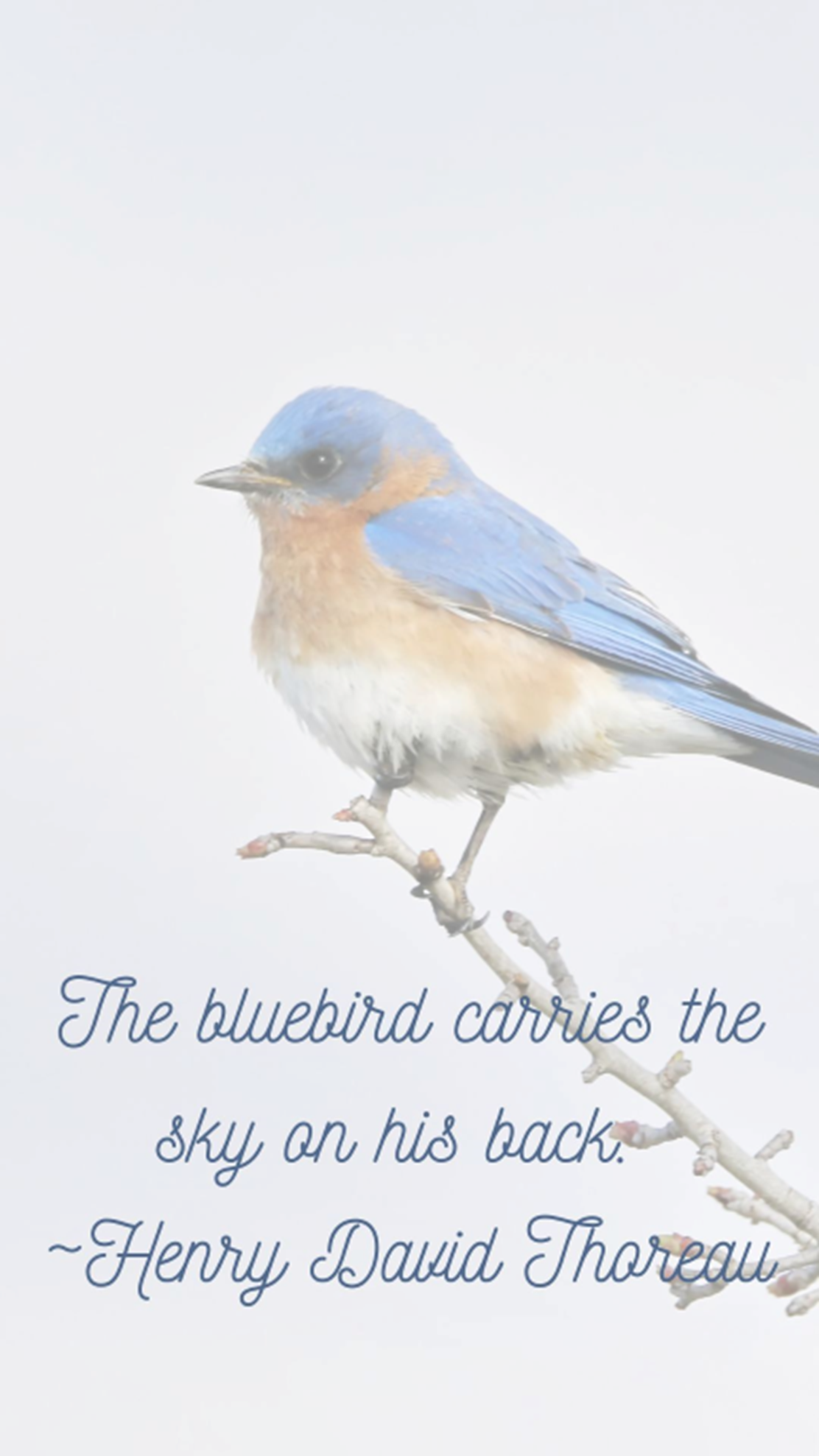

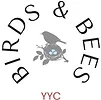
Hey people!!!!!
Good mood and good luck to everyone!!!!!